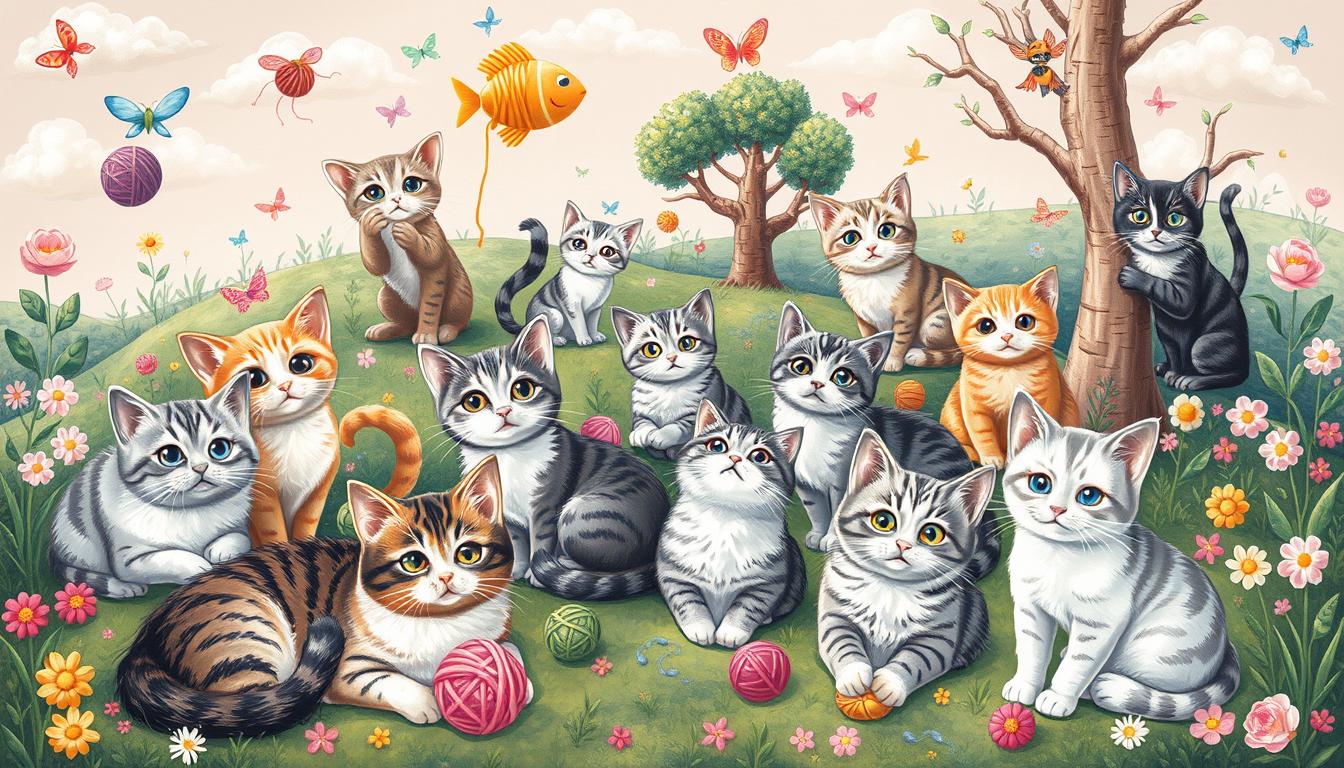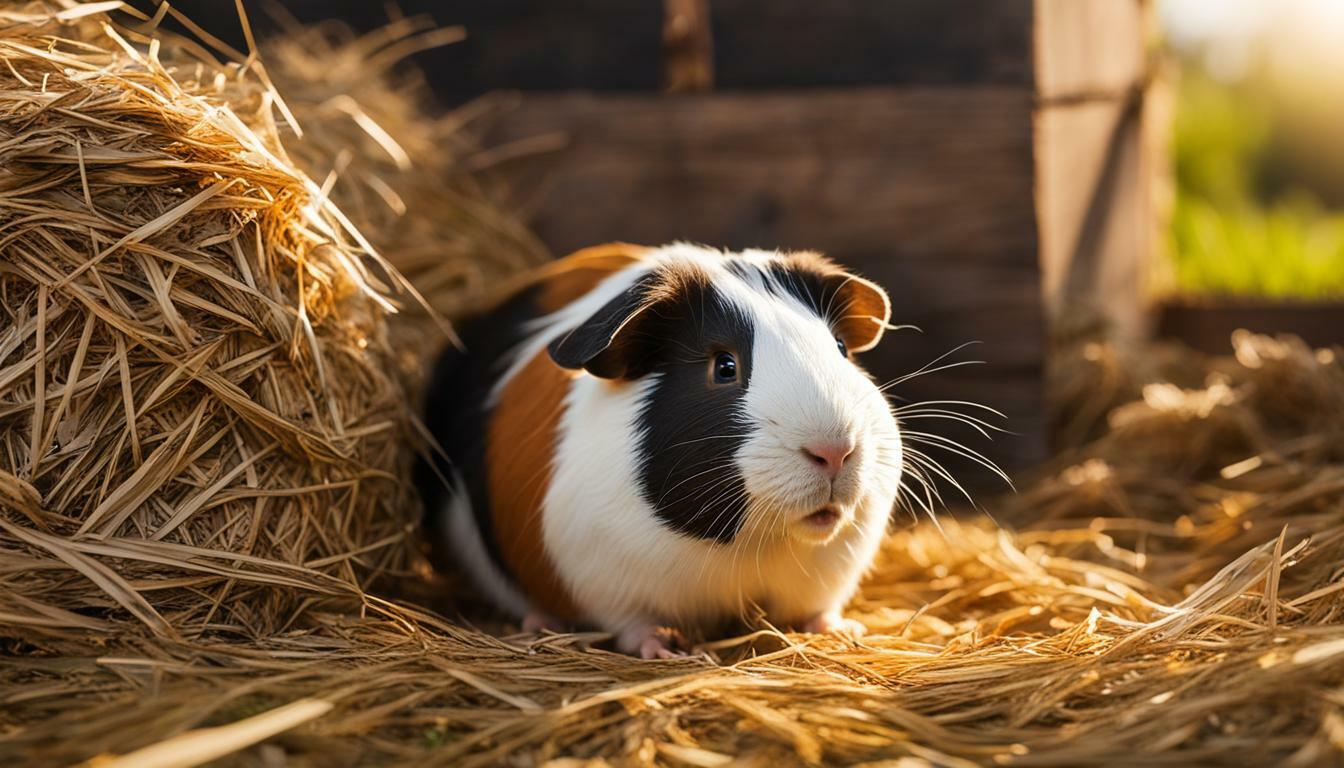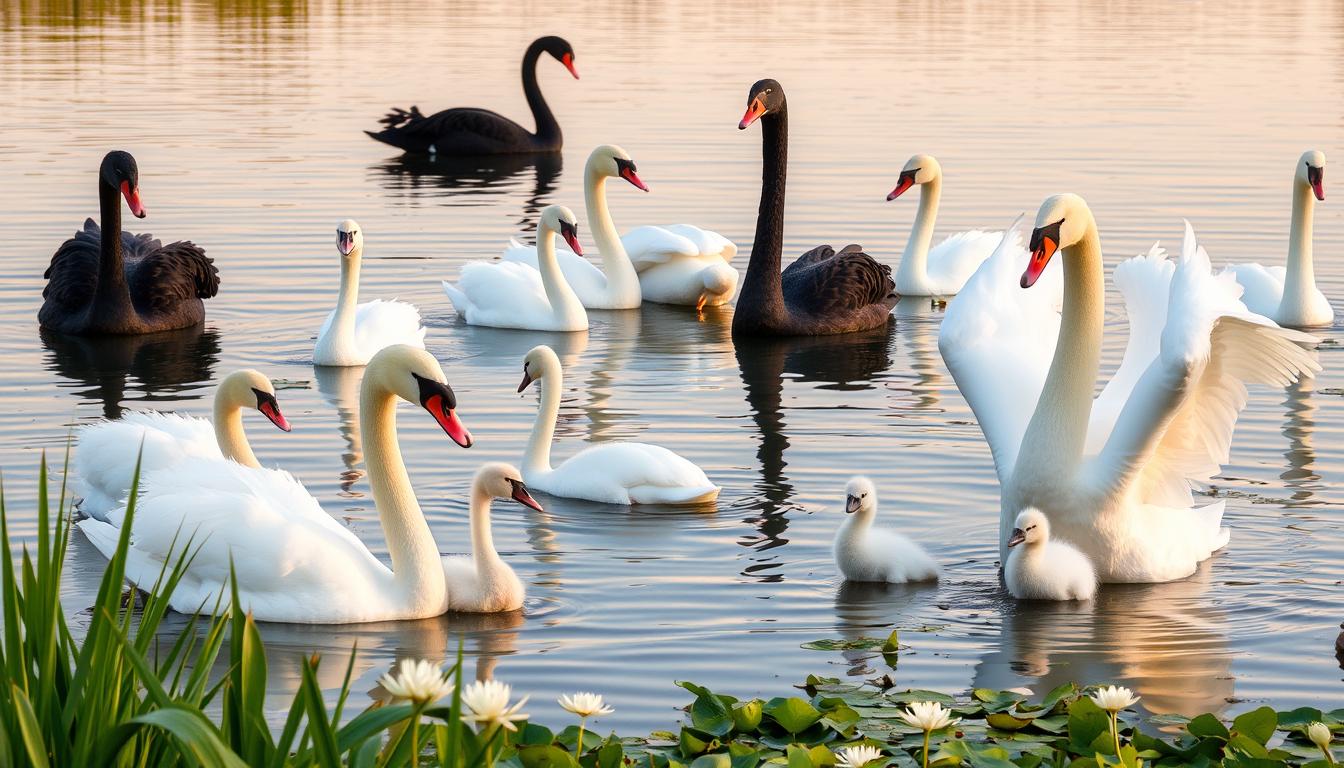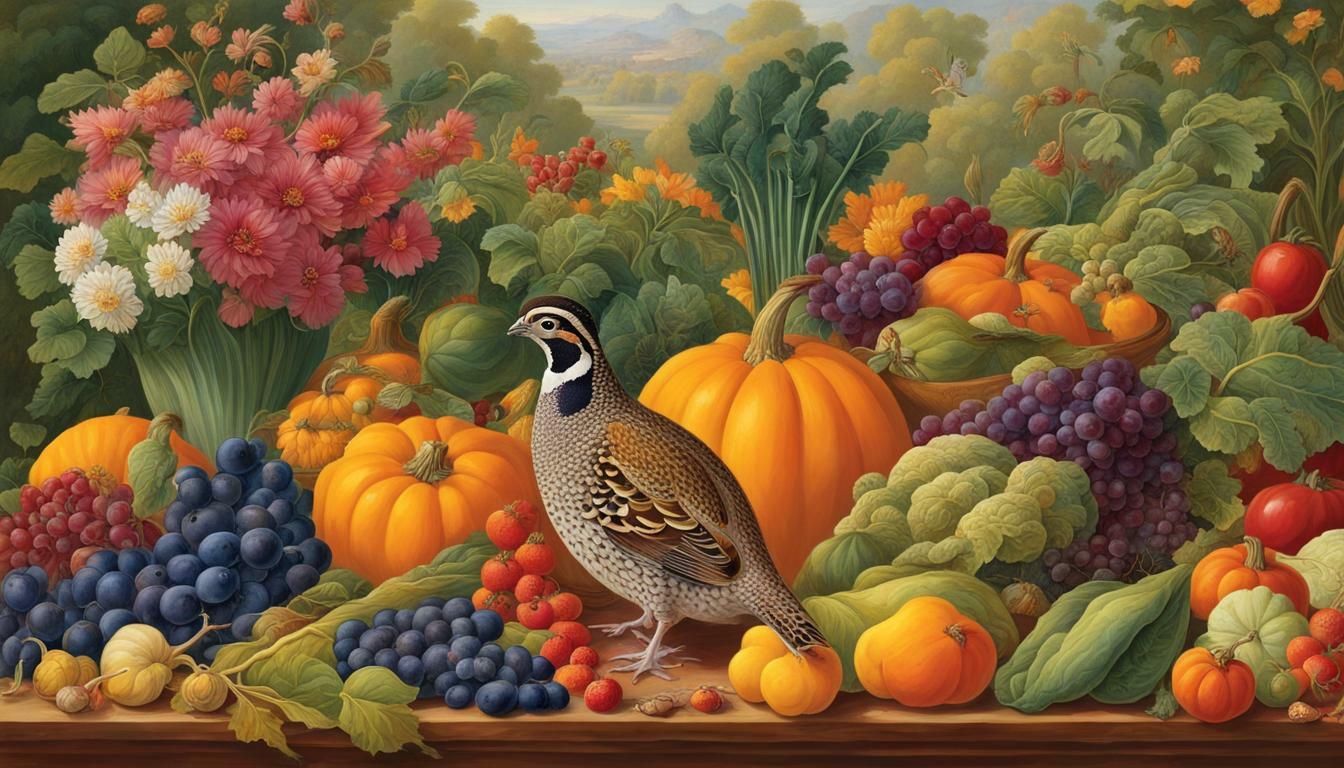Can Seagulls Eat Chocolate? Uncovering the Truth

Table of content:
Seagulls are a common bird species found near coastal areas. Their diet consists of many types of food, but some people wonder – can seagulls eat chocolate? This article explores whether chocolate can be toxic or harmful to seagulls and other wildlife.
Seagulls are a type of bird in the family Laridae. There are around 50 different species of seagulls throughout the world. They are characterized by their webbed feet, white and grey feathers, sharp hooked beaks, and long wings.
Seagulls are found in abundance near coastal areas and are well known for forming large flocks. They are omnivorous scavengers meaning their diet consists of nearly anything they can find from predatory hunting to opportunistic foraging. Their incredible adaptation and evolution allow them to thrive in diverse environments and ecosystems.
Some conservation efforts consider certain endangered seagull species like the Audouin’s gull to be invasive due to their aggressive nesting and mating habits. But most species of seagulls are least concern in terms of conservation status. Their global population is estimated between tens to hundreds of millions.
Seagull Behavior
Seagulls exhibit fascinating behaviors. Their loud squawking or cawing calls can be heard from long distances. They often circle high above in large flocks before diving to grab food. Seagulls are well adapted for soaring and hovering near the sea coasts.
Seagulls have learned to coexist remarkably well with humans. They are infamous for pooping on people and stealing food. Their aggressive and opportunistic behaviors demonstrate advanced intelligence and trainability.
Seagulls have even been known to pull clever tricks like dropping shellfish from high heights to crack open the shells. Some have been trained to play ball and perform other behaviors through operant conditioning.
What Do Seagulls Eat?
Seagulls are opportunistic omnivores meaning they eat a wide variety of foods. Their diet generally consists of:
- Marine life – fish, squid, crustaceans, mollusks
- Insects – flies, beetles, caterpillars
- Earthworms
- Rodents and small animals
- Eggs and young of other bird species
- Carrion – dead animals
- Garbage and human food waste
- Plants – berries, seeds
Seagulls have adapted to seek food from human interactions like:
- Fishing boats – old bait and discarded catches
- Landfills and garbage dumps
- Beaches and coastal parks – food scraps from visitors
- Picnics, outdoor events, and anywhere people drop edible litter
- Fast food parking lots
- Boardwalks, pier railings, and anywhere food is accessible
Their incredibly varied diet allows them to survive and thrive near human coastal populations. Seagulls will eat virtually anything they can get their beaks on.
Can Seagulls Eat Chocolate?
So when it comes to chocolate, can seagulls eat it? The simple answer is yes, seagulls can and will eat chocolate if given the opportunity.
Chocolate contains two naturally occurring stimulants:
- Theobromine
- Caffeine
These compounds are found in the cacao plant, the key ingredient in all chocolate.
Is Chocolate Toxic to Birds Like Seagulls?
Theobromine and caffeine are toxic for many animals including dogs, cats, and horses. But birds like seagulls have higher tolerances to theobromine due to differences in metabolism and excretion.
Chocolate toxicity depends on the concentration and amount eaten relative to body mass. While a few nibbles of chocolate are unlikely to harm most birds, larger amounts can cause:
- Vomiting
- Diarrhea
- Seizures
- Irregular heartbeat
- Neurological effects
- Respiratory failure
For seagulls, a lethal oral dose is estimated around 250-500mg per kg of body weight. About 240 grams of milk chocolate could be fatal for a 1kg herring gull. Dark chocolate poses a higher risk due to higher caffeine and theobromine concentrations.
While chocolate isn’t acutely lethal at smaller doses, it can still cause adverse effects. Consuming chocolate, especially frequently, may cause chronic health issues.
Why Do Wild Birds Like Seagulls Eat Chocolate?
Wild birds like seagulls aren’t actively seeking out chocolate. But they have adapted to scavenge readily available food sources efficiently.
Chocolate is an energy-dense food. Seagulls are drawn to the sweet smell and taste. And they will eat chocolate offered directly or found in garbage and litter.
This opportunistic foraging near humans increases risks of chocolate consumption. Chocolate wrappers litter areas frequented by seagulls like:
- Beaches
- Coastal parks
- Picnics
- Outdoor dining areas
- Amusement parks and carnivals
- Landfills
Accessibility and abundance of discarded food like chocolate contributes to the problem.
Can Seagulls Get Addicted to Chocolate?
It’s a myth that seagulls can become dependent on or addicted to chocolate. Birds don’t experience cravings or withdrawals like humans.
But chocolate does provide quick energy from sugar and fat. So seagulls that frequently eat chocolate may learn to associate humans with feeding. This can reinforce aggressive scavenging behaviors.
While seagulls can’t get addicted to chocolate, they can suffer detrimental health effects from overconsumption. Providing chocolate shouldn’t be used to attract or capture wild seagulls.
Why Is Chocolate Harmful to Seagulls?
There are a few key reasons why chocolate poses a health risk to seagulls:
Toxicity – Chocolate contains caffein and theobromine, which are toxic metabolites for birds at high doses.
Slow digestion – Chocolate is difficult to digest and can stagnate in a seagull’s digestive tract.
Nutritional imbalance – Chocolate lacks vitamins, minerals, and protein needed for a healthy diet.
Dental decay – Sticky sweets like chocolate can adhere to beaks promoting bacterial growth.
Metabolic disorders – Chocolate provides excess carbohydrates which can disrupt metabolism.
Obesity – Chocolate is highly caloric and excess intake contributes to weight gain and fat deposits.
Diabetes – Frequent sugar consumption can cause insulin resistance and diabetes over time.
Pancreatitis – High fat chocolate elevates inflammation markers and pancreatitis risks.
Habituation – Feeding reinforces dependence on human food instead of natural foraging.
While an occasional small amount of chocolate may not cause immediate issues, regular over consumption creates long-term health risks for seagulls.
Protecting Seagulls from Chocolate Hazards
Here are some tips to help protect wild seagulls from the harm of excess chocolate:
- Never directly feed chocolate or any human foods to seagulls and other wildlife.
- Properly wrap and dispose of food trash like candy wrappers while on beaches and docks.
- Manage food waste responsibly at outdoor events, festivals, and parks.
- Cover food containers and avoid littering scraps when dining outdoors.
- Follow rules prohibiting feeding birds at parks, preserves, ponds, and piers.
- Support shoreline and beach cleanups by volunteering or donating.
- Advocate for improved trash management policies in coastal towns and cities.
- Use reusable bags, bottles, and containers to reduce plastic pollution.
- Purchase sustainably sourced chocolate brands that use ethical cacao farming practices.
With some mindful precautions, we can prevent seabirds like seagulls from the harm of overindulging in chocolate and other unhealthy human foods.
Final Thoughts
Seagulls are highly intelligent and adaptive birds that play important roles in coastal ecosystems. While chocolate itself isn’t acutely lethal, over consumption can negatively impact seagull health.
Excess chocolate intake is an unfortunate consequence of careless human food waste practices. But we can take actions to improve cleanliness and reduce pollution from plastics and food garbage that end up on beaches and coastlines.
With some mindfulness, education, and advocacy, communities can promote healthy shorelines that sustain vibrant seagull populations and marine habitats. By tackling the root causes of the issues, we can all help give wildlife like seagulls the best chance to thrive.
Welcome. I’m Adreena Shanum, the proud owner of this website, and I am incredibly passionate about animals, especially poultry. I founded adreenapets.com as a labor of love, stemming from my desire to share my knowledge and experiences with poultry enthusiasts worldwide.




